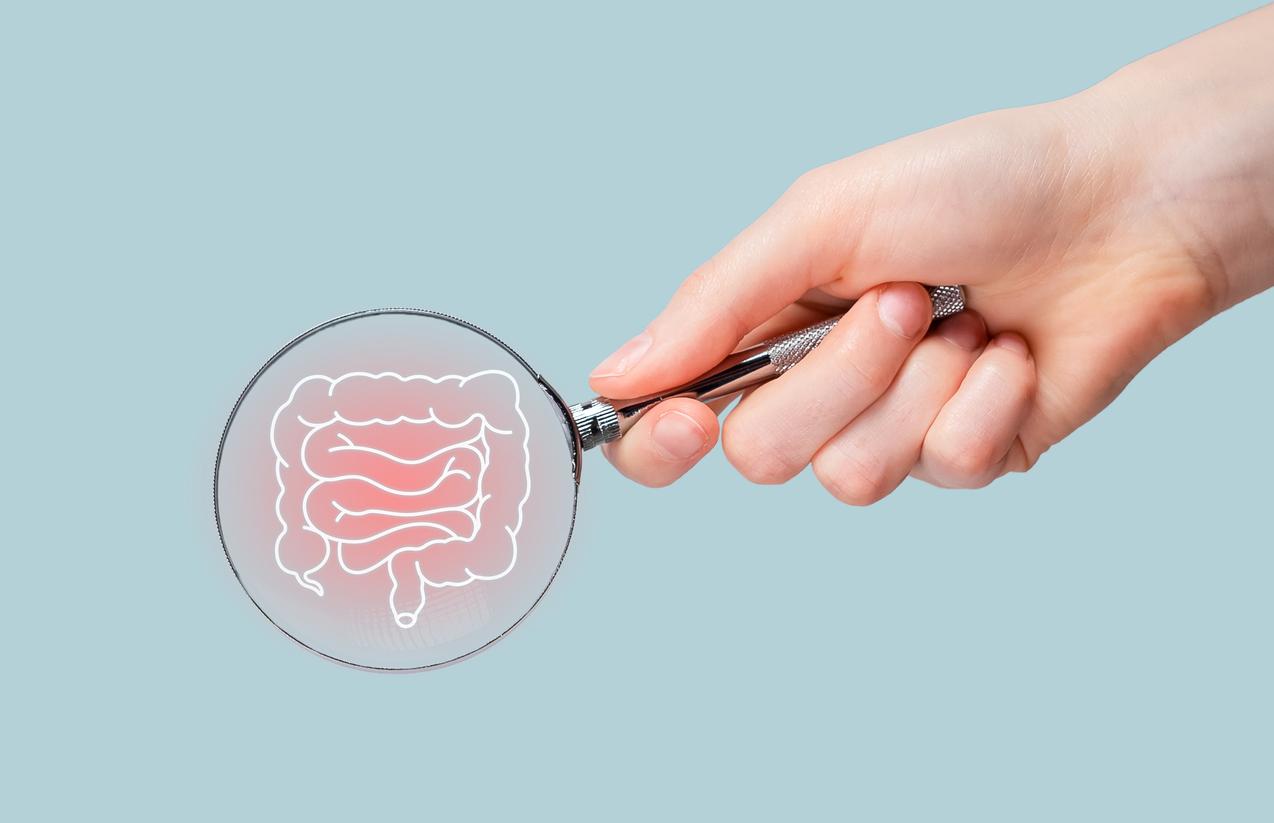According to the latest barometer produced by the Association for the improvement of sight (Asnav) published on July 3, the visual health of the French is bad, particularly among young people. Screens seem to be primarily responsible.

The eyes of the French are suffering. This is the finding of the 15th barometer of the visual health of the French carried out by the Association for the improvement of sight (Asnav) published on July 3. And among the age groups with the most harmful eye health habits, 16-24 year olds come first with an overconsumption of screens. Faced with these worrying results, the Ansav insists on the importance of visual screening, which is still far too low in France.
While 16-24 year olds spend an average of 3h30 a day on their smartphone and 2h47 on their computer, one in two young people complains of eyestrain. Despite everything, 34% of them do nothing to change their habits or make an appointment with the doctor. Worse still, 15% of these young people have never consulted an ophthalmologist and only 4% of them have already benefited from a specialized examination.
Facing the screens, a break every 20 minutes
“Do not count on us to say that we must remove all screens, it would be unrealistic, but we can consume otherwise”, explains Jean-Félix Biosse Duplan, general delegate of Asnav at 20 minutes. He therefore recommends applying the 4X20 rule, which consists of taking a 20-second break every 20 minutes by looking at 20 paces and blinking 20 times. Because at present, 65% of 16-24 year olds do not take any regular breaks in front of their screen.
41% of young people with eye problems drive without correction
Even worse, young people with eye problems snub glasses for aesthetic reasons or simple oversight. Thus, in 2019, more than one in two young people do not wear their corrective lenses when they stare at a screen. A bad habit that can be very dangerous for others when they ignore their vision correction at the wheel. Because it seems that many French people aged 16 to 24 diagnosed with eye problems drive cars (41%) and scooters (37%) without glasses.
But unfortunately, young people are not the only ones to be irresponsible with their eyes. Because if the sight has become, for the first time in ten years, the first subject of concern of the French on their health, 23% still go to the ophthalmologist very rarely.
“When we equip children with glasses, we change their lives”
“The general public must be made aware of the importance of prevention for visual health with the overconsumption of screens, the increase in myopia and age-related macular degeneration (AMD). A disease which can make you blind and which is affecting more and more French people, earlier and earlier”, warns Jean-Félix Biosse Duplan, insisting on better screening. “Systematically, when we carry out screening in schools, we discover that 20% of children have an uncorrected sight problem. However, these children, when we detect them and equip them with glasses, we change their lives”, he explains. Indeed, schoolchildren who see poorly are often afraid to say so, which can lead them in a situation of school failure because they cannot copy correctly on the blackboard.
The obligation of a visual check for obtaining a driving license
In order to improve prevention at all ages, the association recommends the establishment of national screening for young people in schools, such as the Vision Days operation in October where opticians offer free screenings in schools. , shopping centers or directly in stores. “Unfortunately, these days are neither well known nor sufficiently supported. While this prevention, which can be done through multiple channels, would be inexpensive”, laments Catherine Jégat, communication manager for Asnav. The latter also pleads in favor of a health book of sight and the obligation of a visual check for the driving license. Because if in France, it is necessary in theory a visual acuity at least equal to 5/10 to pass the license, no medical examination is obligatory.
Fatigue and headaches
In addition to the many problems evoked by the problems by the Asnav, a lack of vision correction can lead to fatigue and headaches. Thus, millions of people around the world regularly suffer from painful numbness, pressure or penetrating pain that affects their concentration at work or school. Hyperopia (the opposite of myopia), in particular, strains the eyes and causes migraines when left untreated. By striving to see clearly, the farsighted constantly forces his eye to adapt. However, as the eye manages to compensate to a certain degree, many people are unaware that they have this problem. Undiagnosed strabismus can also cause mysterious headaches. This is because to see clearly, people with latent strabismus must put enormous strain on their eyes to keep them parallel.
So, if migraines appear after a long reading session or several hours spent in front of the computer or if your vision becomes double or blurred, even if only for a few minutes, go to a specialist as soon as possible.

















